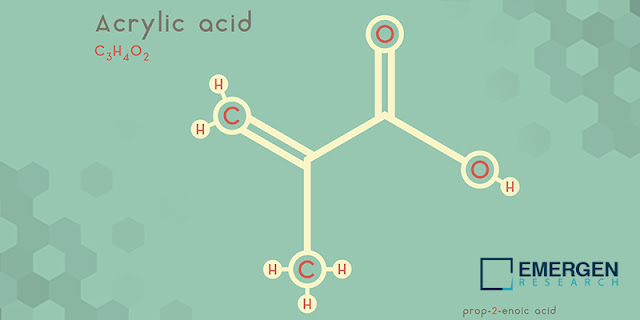Electronic
skin, or e skin, refers to a flexible, stretchable, and self-healing
electronics that can efficiently mimic functionalities of human or animal skin.
Electronic skin has diverse applications in robotics, artificial intelligence,
health monitoring technologies, and prosthetics. Development of electronic skin
has been a topic of research due to its relevant applications in robotics and
in biomedical systems. E-skin basically protects the inner electronic system
from damages and convey the mechanical stimulus in a way that is convenient for
the sensor arrays. E-skin’s flexible and stretching characteristics facilitate
miniaturized semiconductor components such as antennas, light-emitting diodes,
compact power sources, and nanoscale drug delivery systems. Over the recent
years, tremendous research and development activities have been carried out to
develop a synthetic skin with self-healing capabilities similar to natural
skin.
E-skin in healthcare sector can be used for
prosthetics that can mimic the sense of touch, monitor for life signs, wound
care, and in drug delivery. Rapidly aging global population and increasing
prevalence of chronic diseases are expected to drive demand for e-skin. E-skin
is an ultra-thin, flexible, wearable device that combines data and
communication technologies with innovative materials, sensors, and
microelectronics. Flexible displays are often integrated into the e-skin to
reduce the discomfort associated with wearing bulky external monitoring
devices. Over the recent years, many academic and research institutions have
invested heavily in developing robust electronic skins. For instance,
scientists and researchers at Stanford University of California have developed
a very sensitive sensor that can be seamlessly integrated into an e-skin
applied to a prosthetic limb. In a similar tandem, scientists from the Korea
Institute of Machinery and Materials in South Korea have developed an e-skin
for a prosthetic hand that can sense intensity of force, stress, or pressure to
help a person recognize shape and texture of an object.
In February 2022, a breakthrough research study was
published in the journal Science Robots wherein a team of researchers from Pohang
University of Science & Technology (POSTECH) developed an electronic skin
that can sense tactility in a way similar to humans. Researchers have developed
an artificial sensory receptor that generates spike signals on its own and
created an electronic skin that can send signals simultaneously to be analysed
in real time. The research study was conducted with backing from Basic Research
Laboratory Program and the Brain Convergence Research Program through the
National Research Foundation of Korea.
In a research study published in January 2022, a team of
Chinese researchers have created a flexible electronic skin that is equipped
with sensors, wireless transmitters, and tiny vibrating magnets that offer
haptic feedback to users. Attachment of these patches to various parts of the
body such as hand, forearm, or knee can enable the system to record movements
of the users and transmit them to robotic devices. The research has been
published in the journal Science Advances.
Major companies in the e-skin
market include Medidata Solutions, Intellisense Technology, Plastic Logic
GmbH, Rotex Global, LLC, Smartlifeinc Limited, VivaLNK, Inc., Xenoma Inc.,
Xsensio, Chrono Therapeutics Inc., and iRhythm Technologies, Inc. In February
2022, deep tech startup, Touchlab raised £3.5 million in seed funding round.
Touchlab develops tactile sensing e-skin for robots. Touchlab’s e-skin is
thinner than human skin and can easily be retrofitted without reducing the
robot’s or gripper’s degrees-of-freedom. Touchlab’s e-skin can withstand a high
load, sense direction in 3D and can endure harsh environment such as acid, high
and low temperatures, and radioactive environments conferring unique
capabilities to the e-skin.





